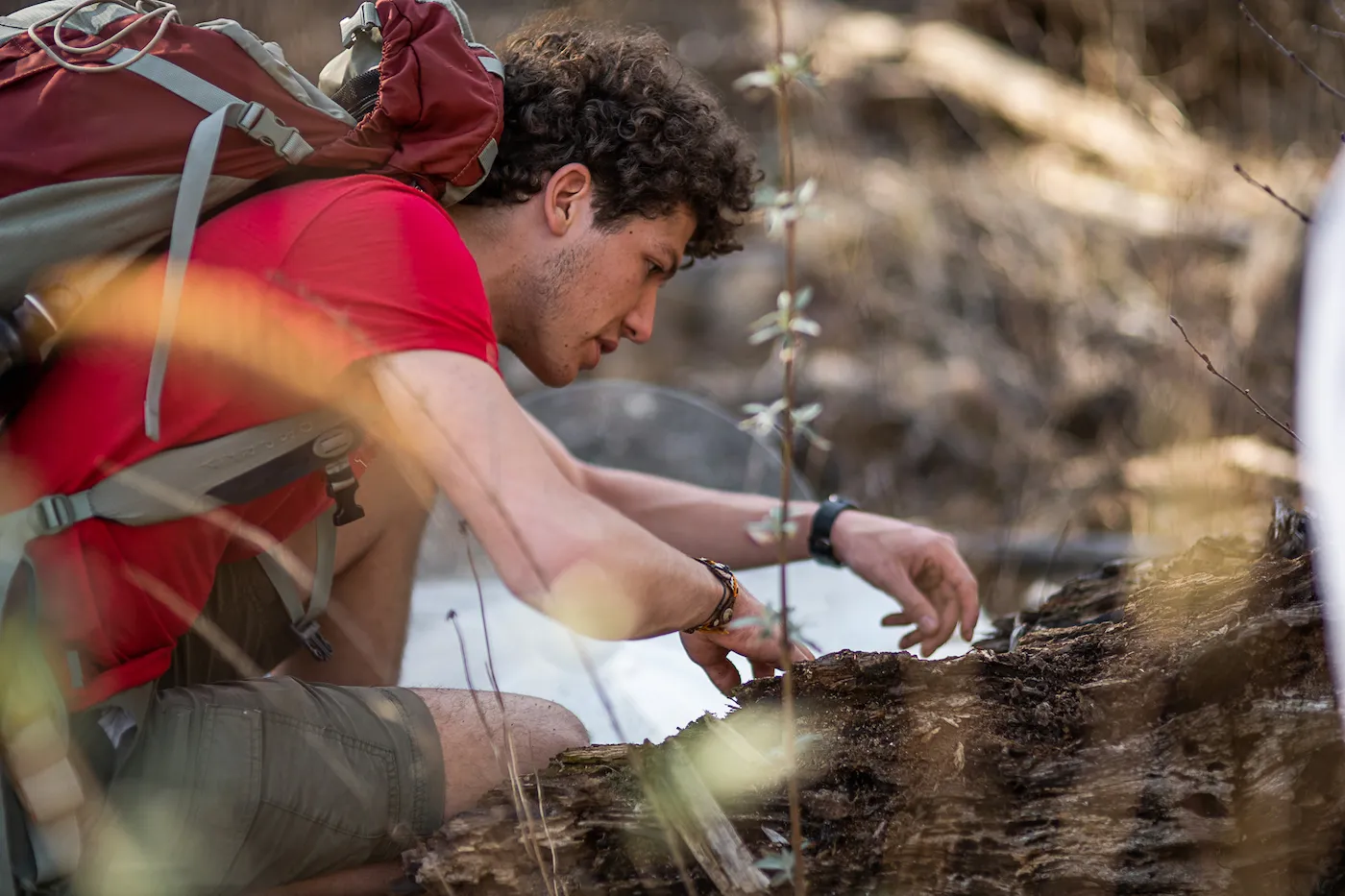Sections (Site Studio)
Plongez dans la science !
Chapeau
Le Musée d’histoire naturelle conduit plusieurs projets scientifiques qui traitent de biodiversité et de conservation. Ils ont pour but de recenser les espèces en question, de les documenter et de les étudier à des fins scientifiques, de les protéger et de sensibiliser la société à la protection de la nature.
Publié par Musée d'histoire naturelle Fribourg
Dernière modification : 21.06.2024



